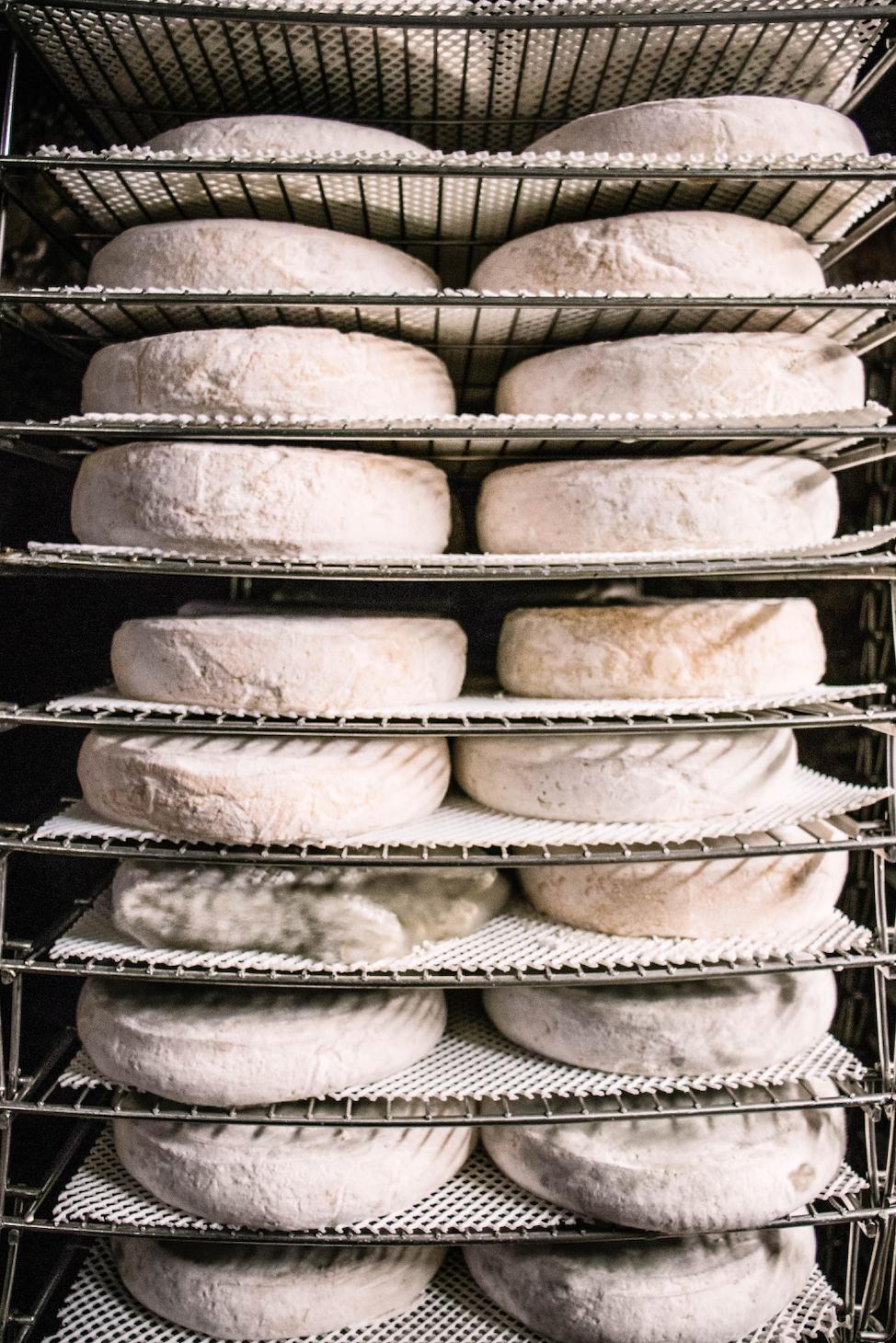Provisions is a shop and importer in North London that specialises in raw milk cheese, natural wine and artisan food products. Walking into the shop is like walking into a world where dairy is king and everyone exists to serve it as best as possible.
Founded by wine and food specialist Hugo Meyer Esquerré, Provisions is – as you'd expect – an excellent spot to pick up some tasty bits for a cheese board that will blow your guests away. And then some. What Hugo doesn't know about cheese simply isn't worth knowing. That's why we've enlisted the help of Hugo to find out what makes raw milk cheese (the stuff his shop specialises in) so damn special. Spoilers: it's got a bit to do with fungus.
